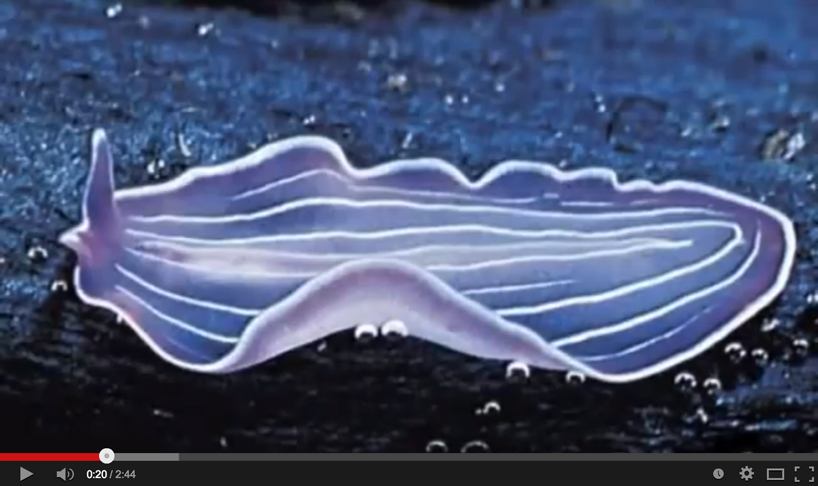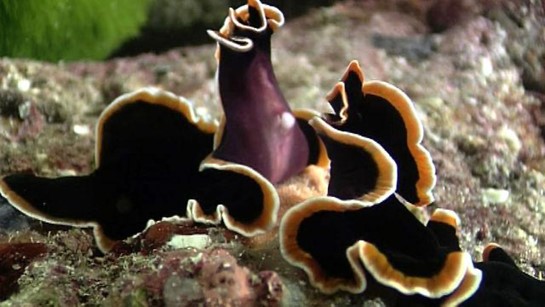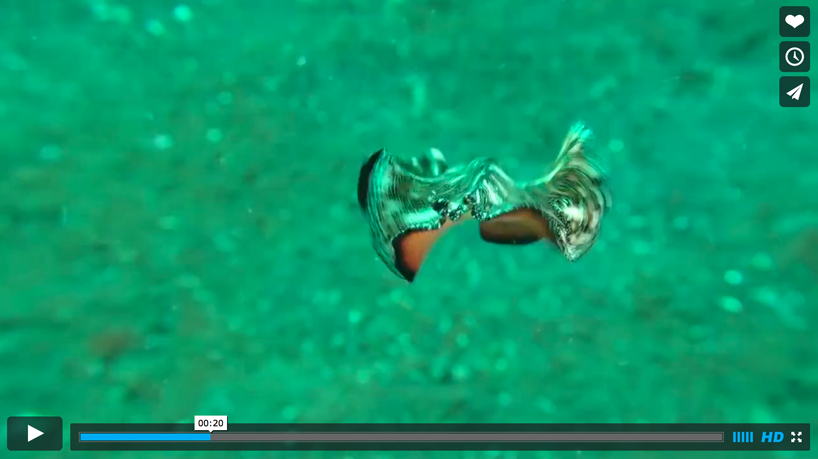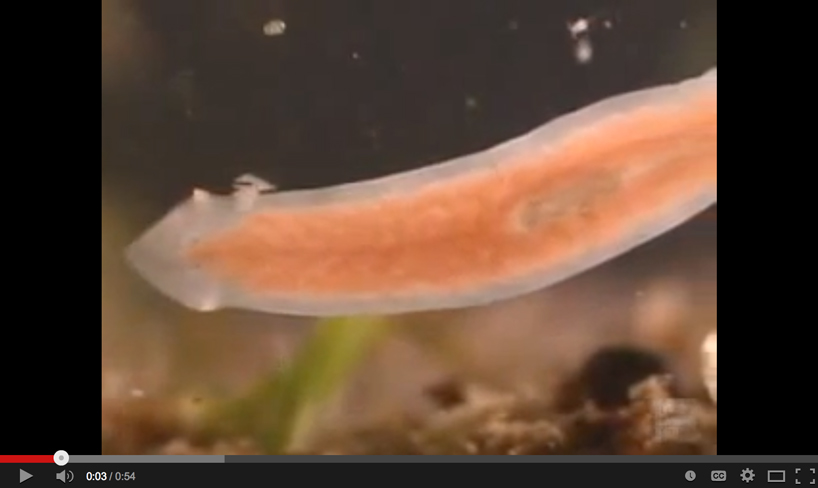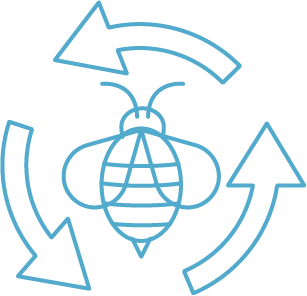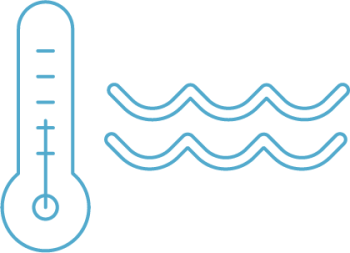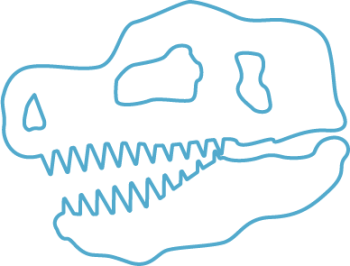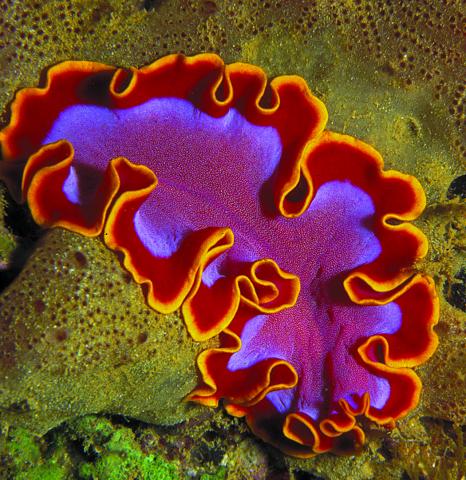Read: Getting A Head The First Hunter from the Shape of Life book.
Flatworms live in marine and freshwater habitats, and inside other creatures as parasites. Read all about flatworms here and more general information here. This is a primer on marine flatworms for K-12 Students. Read about flatworms that live inside the bodies of animals, including humans, causing diseases.
Flatworms are hermaphroditic—they have both male and female reproductive organs. There are advantages and disadvantages of being hermaphroditic.
Flatworms have more complicated eyes than previously thought. Their eyes only have one type of photoreceptor but they can distinguish different colors. Some even use the mitochondria (which we all have) in some cells in their heads to form lenses to focus light onto their eye spots.
Numerous different types of animals live in caves. But only recently was a cave dwelling freshwater flatworm discovered by Brazilian scientists.
Planarians can regenerate body parts including growing a new head and brain. When scientists studied the process they found that the planarians have stem cells to make these new body parts. Scientists identified the gene that makes this possible and are investigating how planarians maintain the stem cells that let them regenerate. Read our blog on planarian regeneration.
